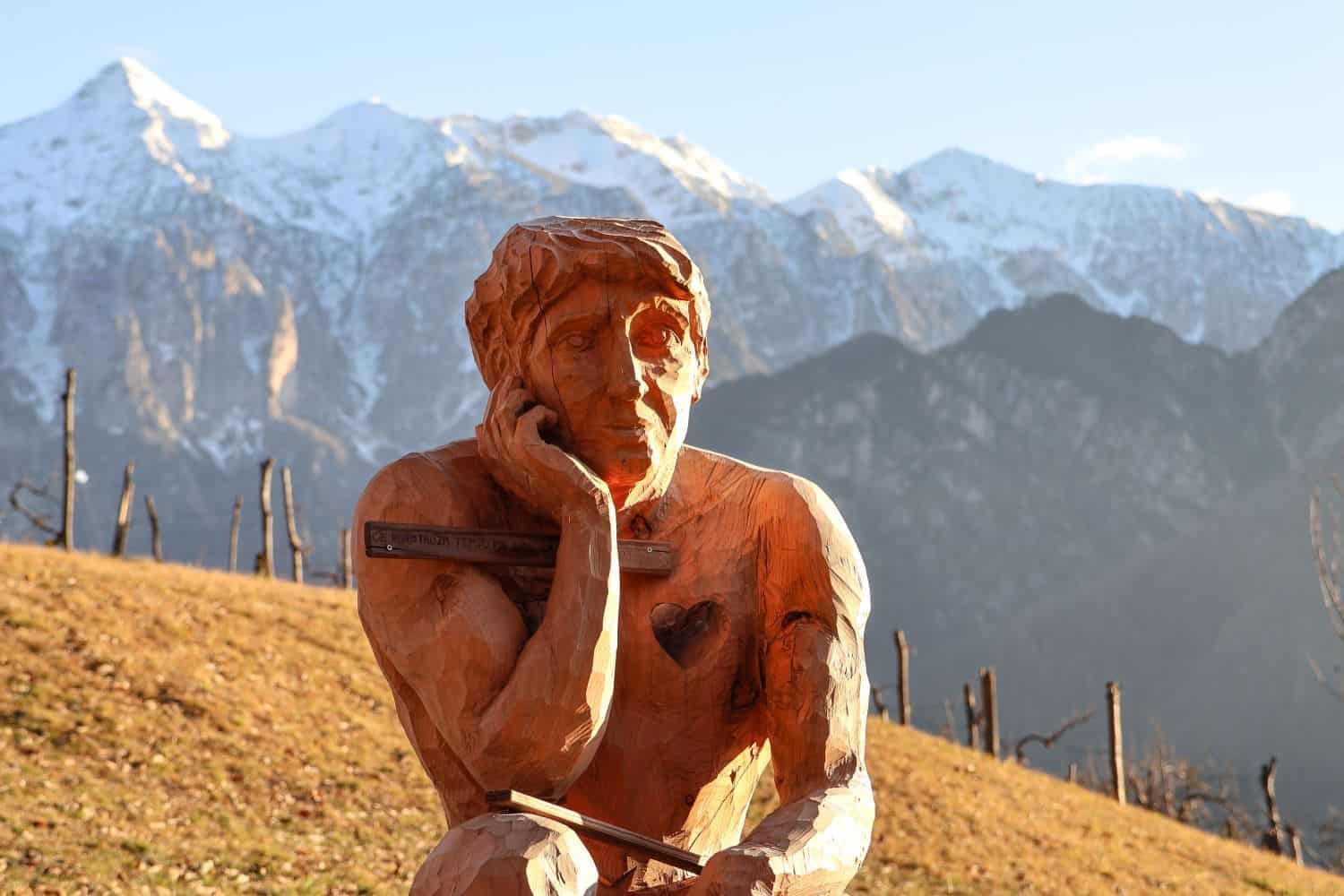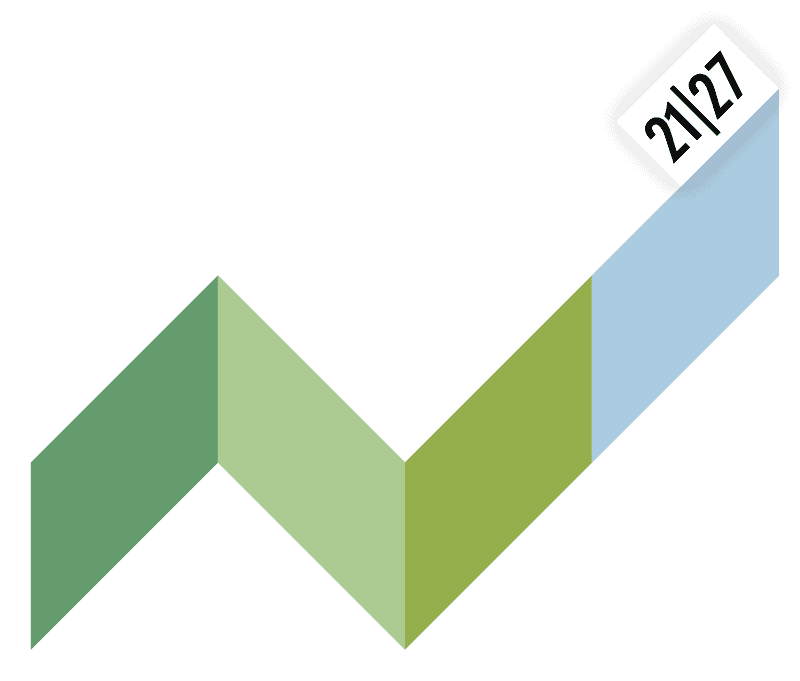When we launched the BeyondSnow Photo Contest, we didn’t see it as a side initiative. It was fully aligned with one of the core goals of our project: to raise awareness about the social, cultural and environmental transformations affecting life in the Alps – and to make this awareness shared, visible, and felt.
We believed that photography could be a powerful medium for this purpose. A photograph doesn’t just show what is changing – it can help us see change in a new way.
We invited both professional and amateur photographers from all Alpine countries to capture, through their personal lens, how Alpine landscapes, lifestyles, winter tourism and everyday work are evolving. The 123 eligible entries we received now form a collective visual narrative that speaks to the beauty, fragility and creative spirit of Alpine life.
Through this contest, we aimed to open a space for shared expression – a way for people to reflect and to help others reflect, on how life in the Alps is changing. Not through numbers or policy documents, but through images, emotions, and individual perspectives.
We are very pleased with the results and want to thank all participants who contributed their work. Their photographs are a meaningful addition to the communication efforts of the BeyondSnow project and to the broader cultural dialogue about the future of mountain regions.
We are also glad to share reflections from Vanda Bonardo (Head of Legambiente Alps) and Maurizio Dematteis (journalist, photographer and member of the jury), who will help us further explore the significance of this experience – and why photography matters as a tool for environmental awareness.
Now, we invite you to discover the winning entries in each category and enjoy this special visual journey into the changing Alpine world.
FIRST CATEGORY: BEYOND SNOW AND SKIING
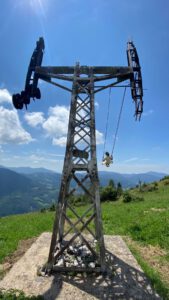 1st Prize
1st Prize
Photographer: Lucio Bosio
Title: Giovani Storie (Young Stories)
A photograph that conveys, with freshness and poetry, the human potential for renewal and transformation in Alpine regions facing change. The symbolic swing and the gaze toward the future evoke resilience and imagination.
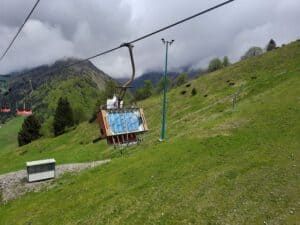 2nd Prize
2nd Prize
Photographer: Paolo Perosino
Title: Non si scia ma si gioca lo stesso (No skiing, but the fun goes on)
An image that, with irony and ingenuity, represents the adaptive capacity of Alpine communities, turning the past into a creative resource for the future.
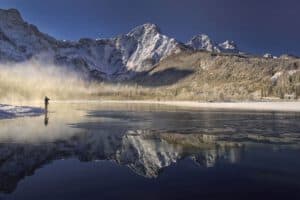 3rd Prize
3rd Prize
Photographer: Joseph Hinterleitner
Title: Der Naturfotograf (The nature photographer)
A majestic landscape, perfectly captured, highlighting the importance of documenting and preserving the fragile beauty of the Alps in the face of climate change.
SECOND CATEGORY – Sustainable Climate Change Adaptation
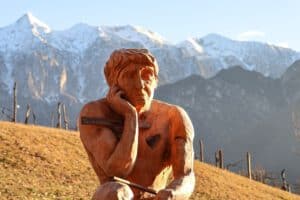 1st Prize
1st Prize
Photographer: Marta Micheli
Title: Il pensatore di montagna (The mountain thinker)
A symbolic image in which the sculpture, inspired by the gesture of thought, becomes a metaphor for the need to reflect on climate change adaptation and on the human role in rethinking the future of the Alps.
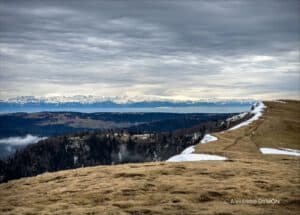 2nd Prize
2nd Prize
Photographer: Alexandre Dymon
Title: The Mont d’Or uncovered. The Morond chairlift, accessible to pedestrians, offers an alternative for hikers wishing to explore the Mont d’Or when there is no snow.
A shot that documents the direct impact of global warming on the alpine landscape, highlighting the urgency of finding sustainable strategies to cope with shorter and more uncertain winter seasons.
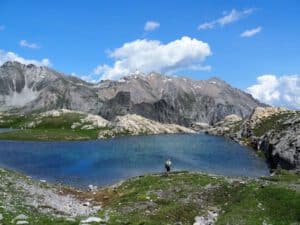 3rd Prize
3rd Prize
Photographer: Andrea Garzini
Un turismo diverso (An alternative tourism)
The photograph celebrates the natural and resilient beauty of the mountain environment, bearing witness to the lasting appeal of these places even beyond the winter season.
THIRD CATEGORY – BeyondSnow Pilot Areas
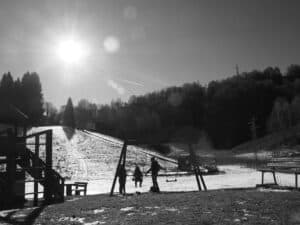 Piani d’Erna
Piani d’Erna
Photographer: Giorgia Porta
Title: Untitled
A black-and-white composition blending play, light and memory. The snow-dusted landscape meets a quiet childhood scene, evoking the theme of environmental legacy across generations.
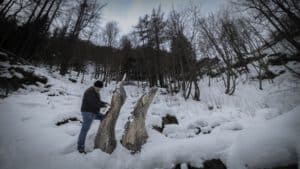 Ala di Stura and Balme
Ala di Stura and Balme
Photographer: Claudio Allais
Title: Balme, Sculture nel bosco (Balme, Sculptures in the forest)
This photo documents an artistic gesture immersed in the landscape, where the human hand interacts with the living matter of the mountains, highlighting the role of creativity in regenerating Alpine territories.
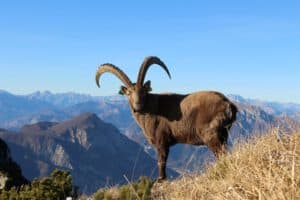 Pradibosco, Val Pesarina
Pradibosco, Val Pesarina
Photographer: Massimo Roseano
Title: Incontri sui monti della Carnia (Encounters in the Carnic Mountains)
La mancanza di neve permette agli appassionati di trekking e agli appassionati di foto naturalistiche di raggiungere le cime della Carnia anche durante il periodo invernale catturando paesaggi, esperienze, fauna stanziale anche nei mesi invernali. A photograph celebrating the encounter between humans and Alpine wildlife, a symbol of balance and mutual respect, within a natural context that resists and adapts to change.
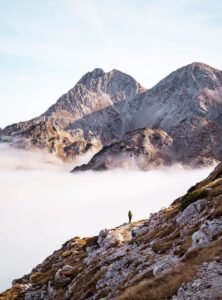 Bohinj
Bohinj
Photographer: Primož Šenk
Title: In to the Fog
A minimal and contemplative image that conveys the sense of connection between humans and nature. Walking into the fog evokes the uncertainty of the climate future and the search for balance in Alpine areas.
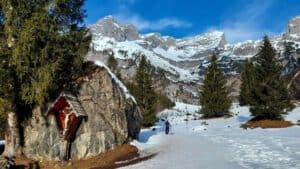 Werfenweng
Werfenweng
Photographer: Sabine Hoeven
Title: Even if there is little snow, you can enjoy the beautiful scenery of the Tennengebirge in the Wengerau on foot. Hiking Fun With Little Snow
An invitation to enjoy the mountains slowly, even without snow. The image shows how adaptation can foster new and more sustainable ways of experiencing the Alpine landscape.
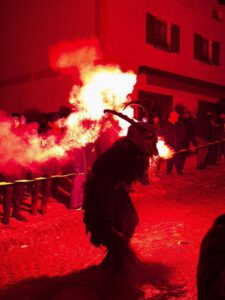 Bayerischer Wald
Bayerischer Wald
Photographer: Inge Notermans
Title: Rauhnacht (The Twelve Nights)
The photograph captures the power of traditional ritual in an intense and visually striking scene, showing how Alpine cultures preserve collective identity even in times of environmental transformation.
Speeches at the award ceremony for the BeyondSnow photography competition
VANDA BONARDO, Head Legambiente Alpi
I am particularly pleased to participate in the award ceremony for the winners of the BeyondSnow photography competition. As Legambiente’s Alps manager, I have been dealing with environmental challenges affecting highlands for many years, particularly the evolution of the winter tourism industry. Our annual dossier Nevediversa provides a detailed account of the changes taking place, analysing critical issues, contradictions and prospects for a sustainable future for the mountains.
Every year, Legambiente addresses the issue of mountain tourism through the publication of the Bandiere Verdi e Nere (Green and Black Flags) dossier and the organisation of the National Summit of Green Flags. On 3 May, during the meeting on Lake Orta, we awarded 19 new Green Flags as examples of sustainable courage in the mountains and, at the same time, we denounced 9 cases of poor management by awarding Black Flags.
Many of the critical issues reported concern the winter tourism sector, which often continues to pursue outdated and unsustainable models. A prime example is the Black Flag awarded this year to the Austrian ski industry for its relentless expansion of ski areas, exploiting the last remaining intact glaciers in the Eastern Alps.
Legambiente believes it is essential to maintain a high level of awareness of the effects of the climate crisis on mountains, with particular attention to the situation of glaciers. Every year, with the Carovana dei Ghiacciai (Glalciers Caravan) campaign, we travel across the Alps together with leading experts from the Italian Glaciological Committee and European scientists to document the impacts of climate change at high altitudes and raise awareness of what is happening, with particular reference to the dramatic retreat of glaciers.
On the occasion of the International Year of Glaciers, we promoted a European Manifesto for the Governance of Glaciers and Related Resources, which has already been endorsed by over 70 entities, including research institutions, non-governmental organisations and entities committed to protecting the mountain environment. This is a strong signal of the shared European commitment to placing the protection of these fragile and fundamental ecosystems at the centre of the political agenda.
In order to return to winter tourism, we urgently need to ask ourselves what kind of tourism really has a future in our mountains. A future that cannot be separated from tourism that is in harmony with the environment and local communities — or, at the very least, as sustainable as possible in the broadest sense of the term. Sustainability that is environmental, social and economic, in a relationship of constant osmosis.
It was from this awareness that the idea for the BeyondSnow project was born, together with Maurizio Dematteis: an initiative designed to enter the territories, listen to local communities and start a shared journey with them towards more resilient, fair and environmentally friendly tourism models.
The results achieved with BeyondSnow, combined with the good practices we have been promoting for years through Legambiente’s initiatives, represent a valuable reference point. They can form the basis for future guidelines to identify the key elements on which to build genuinely sustainable local development paths.
The BeyondSnow project is coming to an end. In my opinion, it has been an extremely useful experience, but one that needs to be expanded and continued so that it can continue to offer real support to mountain communities in transition.
This is why I firmly believe that the work we have done together over the years must not be wasted. I would like to conclude by urging you not to lose sight of us.

